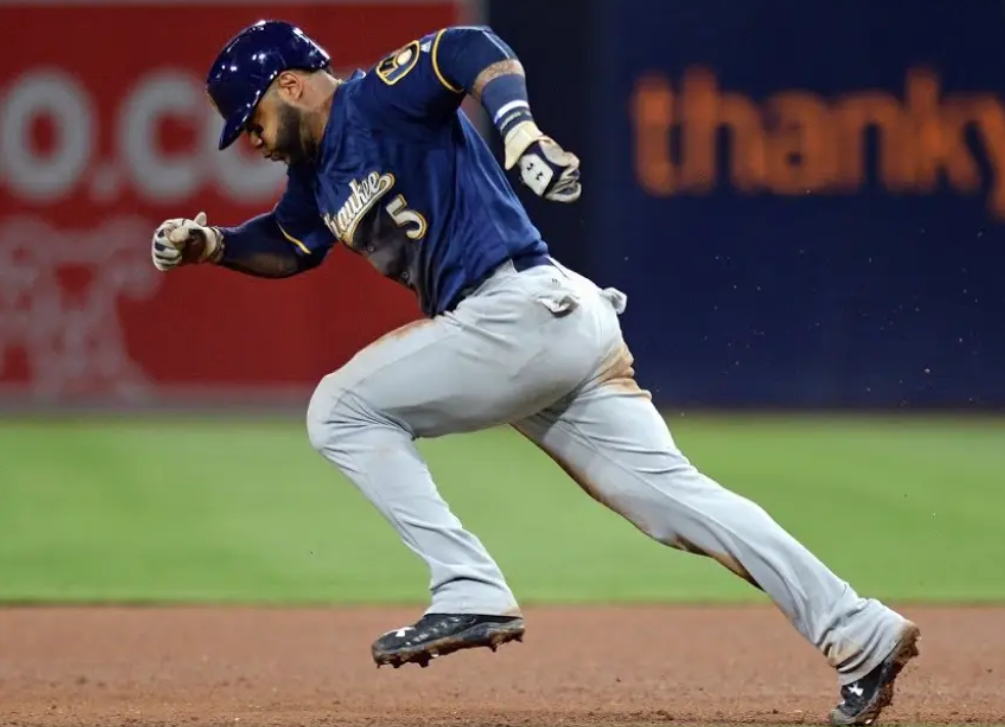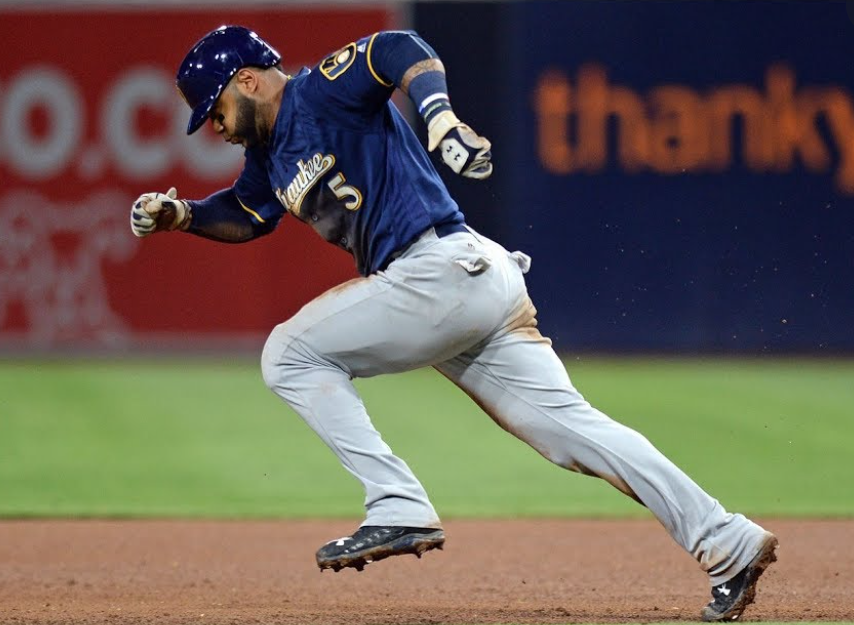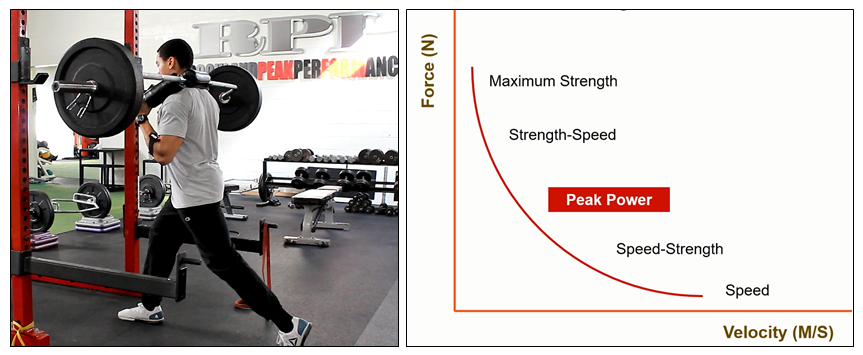
For parents of some young athletes (for the scope of this article I’m talking about athletes ages 13-16), lifting heavy weights seems to get a bad rap. Years ago players were told not to lift weights because it would make them too “big”. You could even hear words like “stiff” or “tight” getting thrown around at the drop of a hat.
While I whole heartedly believe in the phrase that “age is wisdom”, this would be one of those times that I beg to differ. Being strong is a good thing. And if you want to be explosive you have to be strong first. Performance, speed (have I got your attention now?) and injury prevention all are built on a foundation of strength. But exactly what type of strength training and at what age seems to be where parents (and strength and conditioning coaches for that matter) get tripped up.
Most of you who read my blogs know that I spend a great deal of time emphasizing training according to where the athlete is during the season. Let’s take a look… Continue reading “Training Explosiveness through Strength Training”











